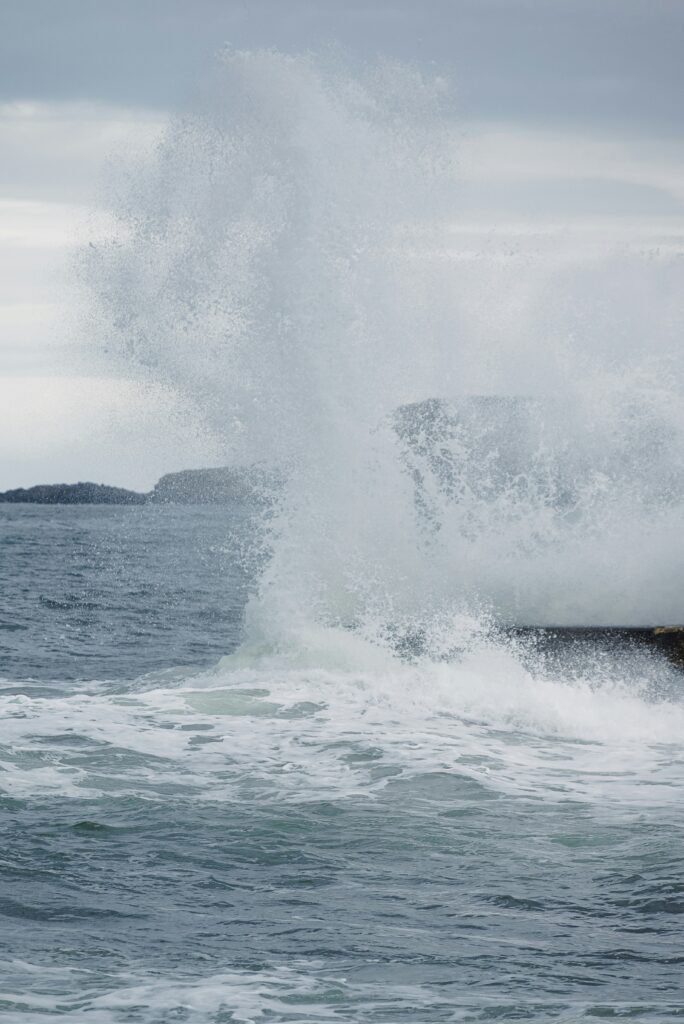What if there was a simple way to enhance your health by embracing the cold? If you’ve ever pondered the benefits of cold plunging, you’re in for an enlightening journey. This isn’t just about shivering in icy water; it’s a practice that’s gaining traction for its profound impact, particularly on mitochondrial health.

Understanding Mitochondria
Mitochondria are often referred to as the powerhouses of your cells. They’re the tiny organelles responsible for producing energy through a process called oxidative phosphorylation. In simpler terms, they convert the food you eat into usable energy, fueling everything from your muscles to your brain. Aiming for optimal mitochondrial health is crucial because when these powerhouses function well, you feel more energetic and resilient.
Why Mitochondrial Health Matters
You might wonder why all this focus on mitochondria matters to you personally. Mitochondrial dysfunction is linked to a range of health issues, including chronic fatigue, metabolic disorders, and even neurodegenerative diseases. When your mitochondria are optimal, you gain not just physical energy but also improved mental clarity and emotional balance. So, a little cold therapy could go a long way!
Cold Plunging: The Basics
Cold plunging, or immersion in cold water, taps into this intricate world of cellular health. Whether it involves an ice bath, a cold shower, or a chilly dip in a natural body of water, the premise is the same: exposing your body to cold temperatures. At first glance, this might sound daunting, but understanding the science behind it reveals surprising benefits.
The Science of Cold Exposure
When you plunge into cold water, several physiological responses kick in, including vasoconstriction—which narrows blood vessels—to conserve heat and protect vital organs. Your adrenaline and cortisol levels rise, prompting a surge in energy and alertness. This shift in your body also triggers a process known as hormesis, a mild stress that can lead to beneficial adaptations.
How Cold Plunging Benefits Mitochondria
You might be curious about how such a simple act as cold plunging could translate into better mitochondrial health. There are several mechanisms at play here:
Increased Mitochondrial Biogenesis
Cold exposure has been shown to stimulate mitochondrial biogenesis, which is the process where new mitochondria are formed. This is governed by a protein called PGC-1α, a master regulator for mitochondrial creation. The chilly environment signals your cells to build more mitochondria, enhancing their ability to produce energy efficiently.
Improved Insulin Sensitivity
Cold exposure can also lead to improved insulin sensitivity. Better insulin sensitivity means your cells are more efficient at utilizing glucose for energy, reducing the risk of weight gain and metabolic disorders. For your mitochondria, this translates into a more stable energy supply, allowing them to function optimally.
Enhanced Oxidative Stress Response
Interestingly, your body interprets the stress from cold exposure as a workout for your cells. When you splash into that cold water, your cells activate protective mechanisms to fight off oxidative stress. This is crucial since too much oxidative stress can harm mitochondria, ultimately leading to dysfunction. By training your cells to respond better to stress, you’re fostering mitochondrial resilience.
Activation of Brown Fat
Another fascinating aspect of cold plunging is its impact on brown adipose tissue (BAT), often referred to as brown fat. Unlike white fat, which stores energy, brown fat burns energy to produce heat, helping regulate your body temperature. Cold exposure activates brown fat, which enhances energy expenditure and, in turn, supports mitochondrial function.
How to Cold Plunge Safely
If you’re intrigued and ready to give cold plunging a try, it’s vital to approach it safely. Here’s a quick guide to ensure you experience the benefits without overdoing it:
| Step | Details |
|---|---|
| Start Slow | If you’re new, begin with cold showers or short ice baths lasting 30 seconds to a minute. |
| Progressive Increase | Gradually increase exposure time as your body adapts, aiming for 5-10 minutes in cold water. |
| Listen to Your Body | Pay attention to how you feel; if you shiver excessively or feel dizzy, it’s time to exit the water. |
| Warm-Up After | Have warm clothes or a hot drink ready to help your body regain temperature naturally. |

The Mental Benefits of Cold Plunging
Aside from the tangible effects on your physical health, there’s a mental aspect of cold plunging that’s equally compelling. Many people report a sense of clarity and calm after a cold plunge. This psychological benefit can be attributed to increased endorphin levels and an enhanced mood, both of which contribute to overall well-being.
Stress Reduction and Mood Enhancement
The immediate shock of cold water can actually shift your perspective. It forces you to focus on the present moment, helping to alleviate anxiety or stress. Just think about it: when you’re submerged in icy water, your mind has no room to wander into overthinking or worrying about everyday challenges.
Building Resilience
Regularly taking cold plunges can also bolster your mental resilience. Each time you step into cold water, you’re training your mind to face discomfort—a skill that translates beautifully into other aspects of life. Whether it’s managing stress at work or tackling personal challenges, that increased resilience can be a game-changer.
Cold Plunging in Various Contexts
Cold plunging isn’t just a solitary practice; it’s part of traditions in many cultures and is often incorporated into fitness and recovery routines. Understanding how it fits into broader health contexts can enhance your experience.
Athletes and Recovery
Athletes frequently use Cold water immersion as a recovery technique after intense training or competition. It aids in reducing muscle soreness and inflammation, helping them bounce back faster. This is another layer of how cold exposure supports mitochondrial efficiency since less inflammation can allow mitochondria to operate without extra hindrances.
Nordic Tradition
In Nordic countries, cold plunging is often paired with sauna sessions. This combination of hot and cold can promote circulation, and the stark contrast helps detoxify the body, making way for healthier mitochondrial function. This practice fosters a deep connection to both nature and community, enriching the experience.

Conclusion
You might not think that something as simple as cold plunging could hold the key to improved mitochondrial health, but the research supports its remarkable benefits. From enhancing mitochondrial biogenesis to boosting insulin sensitivity and resilience, cold plunging offers a multi-faceted approach to wellness.
No one size fits all when it comes to health practices. It’s important to listen to your body and see how it responds. Whether you’re interested in the physical benefits or the mental fortitude it encourages, you might find that cold plunging adds a refreshing twist to your health journey.
You’re not just taking a dip; you’re stepping into a new realm of wellness, one icy splash at a time. Consider embracing this invigorating practice for both your body and mind, and you may just discover a renewed sense of energy that resonates through every aspect of your life.

